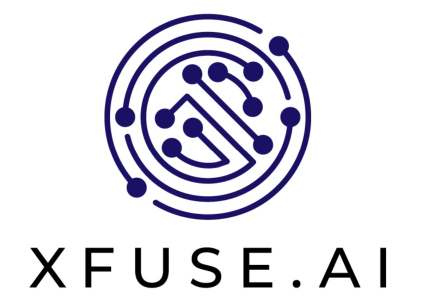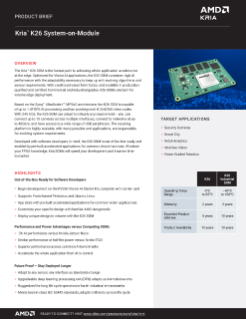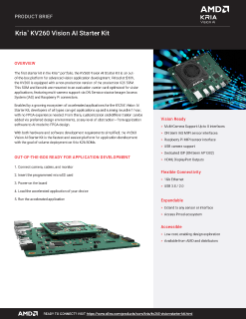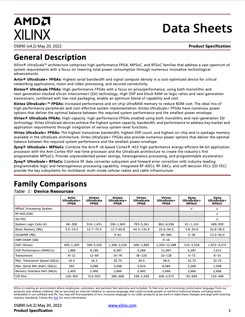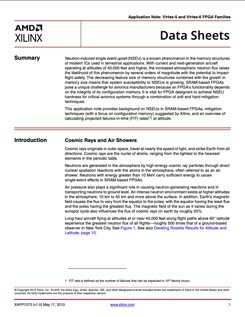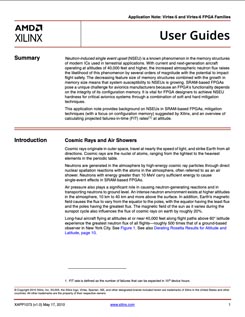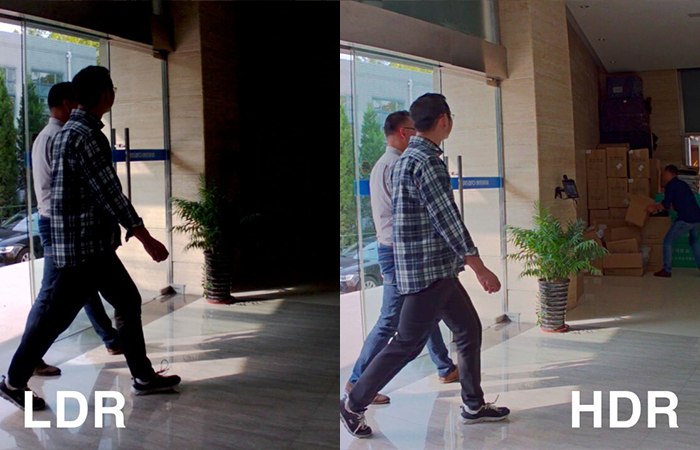
Phoenix HDR ISP Accelerated Application
Phoenix is an HDR Image Signal Processor (ISP) optimized for the Kria™ KV260 Vision AI Starter Kit. Combined with the Xfuse image sensor module, users can take advantage of this full featured ISP to custom develop vision and deep learning applications with real-time performance in high contrast environments with up to 120dB of dynamic range. Designed for plug-and-play performance with Kria SOM, the imaging module and system are ready for quick deployment in challenging environments encountered in AI, security, robotics, or consumer applications.
AMD Partner Video: Xfuse
Features:
- Optimized for Kria SOM and KV260 Vision AI Starter Kit
- Support for onsemi AR0239 HDR 1080p/30 Full HD Sensor
- 3-frame exposure merge block
- 120dB/20EV High Dynamic Range
- Proprietary locally adaptive tone mapping technology
- 16-bit processing pipeline
- Low latency
- Auto de-ghosting and motion compensation
- Auto halo elimination
- Auto EV bracketing
Additional Tools and Resources
Related Apps
Frequently Asked Questions
No. Phoenix is a complete end-to-end HDR ISP that runs automatically and also features its own camera control software with a graphical user interface (GUI).
This version supports 1080p 30fps HDR video from the onsemi AR0239 CMOS Image Sensor. The ISP can be customized to support other sensors and resolutions. Please contact Xfuse regarding any other specific sensor or resolution requirements.
Xfuse can support all AMD FPGA-based platforms with our standard solutions. Solutions are also available for other platforms. For more detailed platform support information, please contact Xfuse using the “Contact Xfuse" button above.
Our ISP solutions are sensor agnostic in that we integrate with most sensors on the market. If you are developing a new sensor or need assistance with an existing sensor, please contact Xfuse for details using the “Contact Xfuse" button above.
Yes, the Phoenix ISP can be customized to simultaneously handle the video streams from multiple cameras.
Xfuse’s ISP is sensor scalable from VGA to 8K. The solution is also sensor agnostic and can be used with many sensors.
Xfuse can be customized to support non-traditional color filter arrays for different applications including RGBIR.
The image sensors used in today’s product solutions typically have a dynamic range of about 12EV, which is far narrower than human vision. Phoenix produces a 20EV video stream that equals or exceeds human vision, thus providing the maximum possible range of luminosity sensitivity that you can incorporate into your solution.
Every solution requiring an image signal processor (ISP) will have different requirements for video sensitivity and quality. By being able to program different aspects of Phoenix’s processing, we can give you an ISP optimized to the exact requirements of your solution.
The sizing required will vary with application and sensor combinations. Xfuse can optimize the Phoenix ISP to fit your required LDR and HDR solution and implementation.
Featured Documents
Accelerate Your AI-Enabled Edge Solution with Adaptive Computing
Learn all about adaptive SOMs, including examples of why and how they can be deployed in next-generation edge applications, and how smart vision providers benefit from the performance, flexibility, and rapid development that can only be achieved by an adaptive SOM.
Adaptive Computing in Robotics
Demand for robotics is accelerating rapidly. Building a robot that is safe and secure and can operate alongside humans is difficult enough. But getting these technologies working together can be even more challenging. Complicating matters is the addition of machine learning and artificial intelligence which is making it more difficult to keep up with computational demands. Roboticists are turning toward adaptive computing platforms which offer lower latency and deterministic, multi-axis control with built-in safety and security on an integrated, adaptable platform that is expandable for the future. Read the eBook to learn more.
